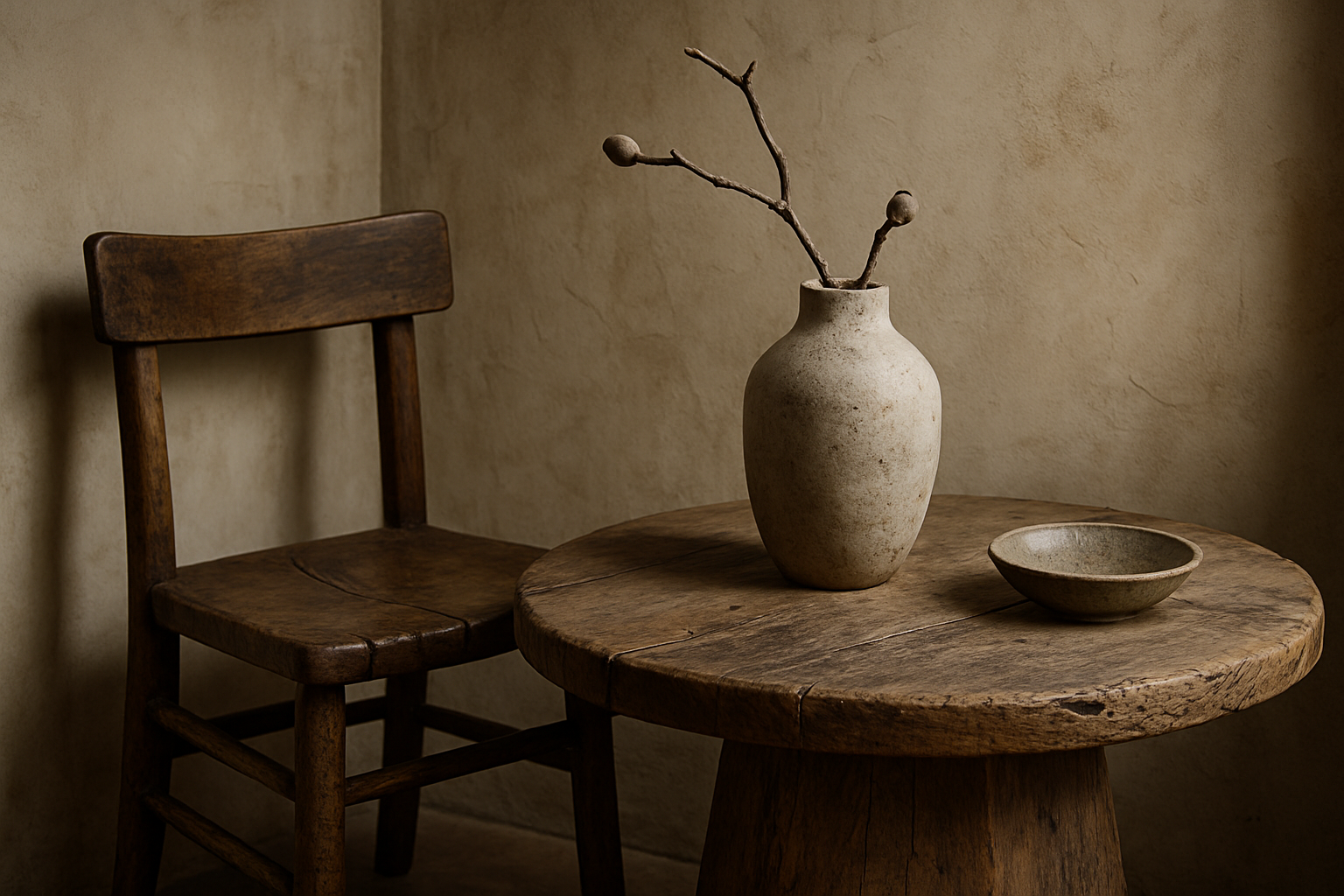Your Guide To Secondhand Furniture Pricing & Quality Insights
Navigating the world of secondhand furniture offers both economic and environmental advantages for savvy shoppers. With rising costs of new furniture and growing interest in sustainable living, pre-owned pieces have become increasingly popular. Understanding how to evaluate quality, recognize fair pricing, and identify hidden gems in the used furniture market can transform your home decorating experience while keeping your budget intact.

The secondhand furniture market has evolved significantly in recent years, moving beyond simple thrift store finds to include curated vintage collections, online marketplaces, and specialty resale shops. This shift reflects changing consumer attitudes about sustainability, value, and unique home styling. Whether you’re furnishing your first apartment, looking for statement pieces with character, or simply being budget-conscious, the pre-owned furniture world offers solutions that new retail often cannot match. With some knowledge and strategy, you can find quality pieces that meet both your aesthetic preferences and practical needs.
Introduction to Secondhand Furniture
Secondhand furniture encompasses a wide range of previously owned items, from gently used contemporary pieces to genuine antiques. The market includes furniture from estate sales, thrift stores, consignment shops, online marketplaces like Facebook Marketplace and Craigslist, and dedicated vintage retailers. Each source offers different advantages in terms of price point, quality control, and selection. The secondhand furniture industry has experienced significant growth as consumers increasingly prioritize sustainability and seek alternatives to mass-produced items. Many pieces available on the secondary market were built in eras when construction standards emphasized durability and craftsmanship, often resulting in furniture that can outlast newer, less expensive alternatives.
Benefits of Secondhand Furniture
The advantages of purchasing pre-owned furniture extend beyond simple cost savings. Environmental benefits rank high among these advantages, as buying secondhand reduces landfill waste and decreases demand for new manufacturing, which consumes resources and energy. Many older furniture pieces also offer superior construction quality compared to modern counterparts, featuring solid wood rather than particleboard and traditional joinery techniques instead of staples and glue. Additionally, vintage and antique pieces bring unique character and history to living spaces that cannot be replicated with mass-produced items. For those with specific design visions, secondhand shopping allows for more distinctive and personalized home styling that stands apart from standardized retail offerings.
Quality and Variety in Pre-Owned Furniture
Assessing quality in secondhand furniture requires attention to specific details. Look for solid wood construction, dovetail joints in drawers, and sturdy frames in upholstered pieces. Well-made furniture often has weight to it, indicating substantial materials rather than lightweight alternatives. The variety available spans virtually every style period and design aesthetic, from mid-century modern to Victorian, industrial to farmhouse. This diversity allows shoppers to find pieces that precisely match their taste rather than settling for what’s currently trending in retail stores. While some items may show wear, many can be restored or reimagined through refinishing, reupholstering, or creative repurposing, adding further value and extending their usable life.
Secondhand Furniture Costs
The pricing structure for pre-owned furniture varies widely depending on several factors. Basic secondhand pieces from thrift stores typically cost 50-80% less than retail equivalents. Mid-range items from consignment shops or online marketplaces generally run 30-60% below new prices. Designer vintage or antique pieces, however, may command premium prices based on provenance, condition, and desirability.
| Furniture Type | Typical Retail Price (New) | Average Secondhand Price | Potential Savings |
|---|---|---|---|
| Dining Table | $800-$2,000 | $200-$800 | 60-75% |
| Sofa | $1,000-$3,000 | $250-$1,000 | 65-75% |
| Dresser | $500-$1,500 | $100-$600 | 60-80% |
| Armchair | $400-$1,200 | $75-$400 | 65-80% |
| Bed Frame | $300-$2,000 | $50-$600 | 70-85% |
Prices, rates, or cost estimates mentioned in this article are based on the latest available information but may change over time. Independent research is advised before making financial decisions.
Where to Find Quality Secondhand Furniture
The sources for quality pre-owned furniture have expanded significantly with digital platforms complementing traditional brick-and-mortar options. Estate sales often yield high-quality pieces at reasonable prices, particularly in affluent neighborhoods. Consignment stores offer curated selections with some quality control, though prices tend to be higher than thrift stores. Online marketplaces like Facebook Marketplace, OfferUp, and Chairish provide extensive inventory with varying price points and quality. For those seeking designer or collectible pieces, specialized vintage dealers and auction houses offer authenticated items, though often at premium prices. Local classified listings can reveal unexpected finds from private sellers looking to quickly clear space rather than maximize profit.
Secondhand Furniture Pros and Cons
While the advantages of buying used furniture are substantial, potential drawbacks deserve consideration. On the positive side, secondhand purchases offer significant cost savings, environmental benefits, unique character, and often superior construction quality. Many older pieces were built to last generations rather than years. However, challenges include the time investment required for hunting and comparison shopping, potential for hidden damage or structural issues, difficulty finding matching sets, and limited warranty or return options. Upholstered items may carry concerns about cleanliness or allergens, though professional cleaning can address many of these issues. For some buyers, the unpredictable inventory and need for immediate decision-making when good pieces appear can be stressful compared to the convenience of retail shopping where items can be held or ordered.
The secondhand furniture market offers tremendous opportunity for those willing to invest time in the search process. With proper assessment of quality, understanding of fair market pricing, and knowledge of where to look, consumers can furnish their homes with distinctive, well-made pieces that provide both practical function and aesthetic appeal. As sustainability concerns continue to influence consumer behavior and appreciation grows for craftsmanship over disposability, the secondhand furniture market is likely to remain robust, offering alternatives to mass production that benefit both individual budgets and broader environmental goals.




